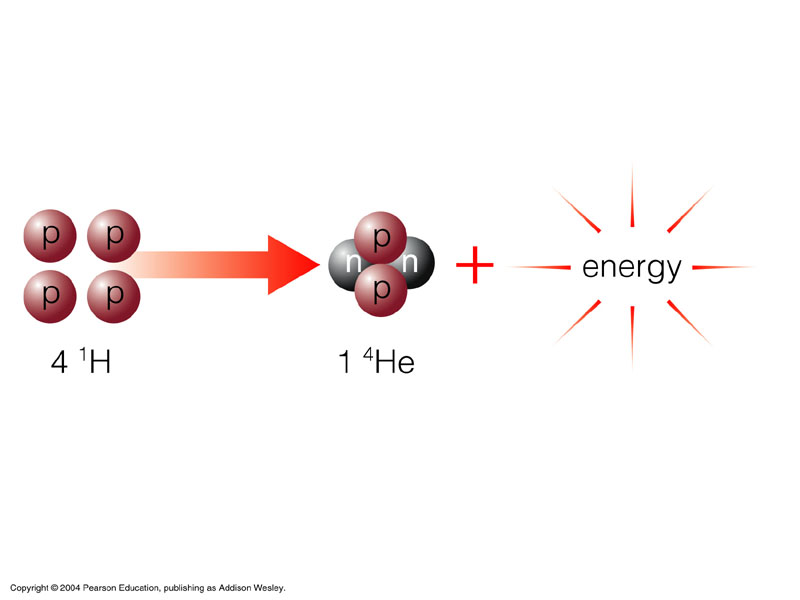Composition of Stars

http://www.astro.umd.edu/~miller/nstar.html
Stars are actually composed of many different elements, but as we see in the chart below, hydrogen is the dominant component.
Element % of total number of atoms % of total mass Hydrogen 91.2 71.0 Helium 8.7 27.1 Oxygen 0.078 0.97 Carbon 0.043 0.40 Nitrogen 0.0088 0.096 Silicon 0.0045 0.099 Magnesium 0.0038 0.076 Neon 0.0035 0.058 Iron 0.030 0.014 Sulfur 0.015 0.040 http://imagine.gsfc.nasa.gov/docs/ask_astro/answers/961112a.html
http://chemistry.beloit.edu/Stars/EMSpectrum/therapy.html
Hydrogen is the primary substance that makes up the stars throughout the universe. This chart above gives the components of our sun. Most stars, however, are made up of 70% hydrogen and 28% helium. Most of us know that hydrogen is an explosive gas if ignited on earth. Similarly, stars are replicas of giant power plants that constantly use hydrogen to fuel themselves emitting enormous amounts of energy (Lochner, 1996).
Stars generate huge quantities of energy which is directly related to its composition. The process of how stars produce this energy is called fusion. What is actually occurring is that hydrogen is being converted to helium while powering the star in the process. What happens is that four hydrogen nuclei collide creating one helium nucleus. Gamma ray radiation and two neutrinos are also created in this fusion process (Lochner, 1996).
http://aspire.cosmic-ray.org/labs/star_life/starlife_equilibrium.html
These two diagrams show the action of subatomic particles smashing into each other creating other elements and energy as a byproduct. Both of these pictures demonstrate the occurrence between the most common elements, hydrogen and helium, undergoing fusion.
http://earth.ast.smith.edu/james/a111/lectures/figs/15-UN01.jpg


